Luza Square
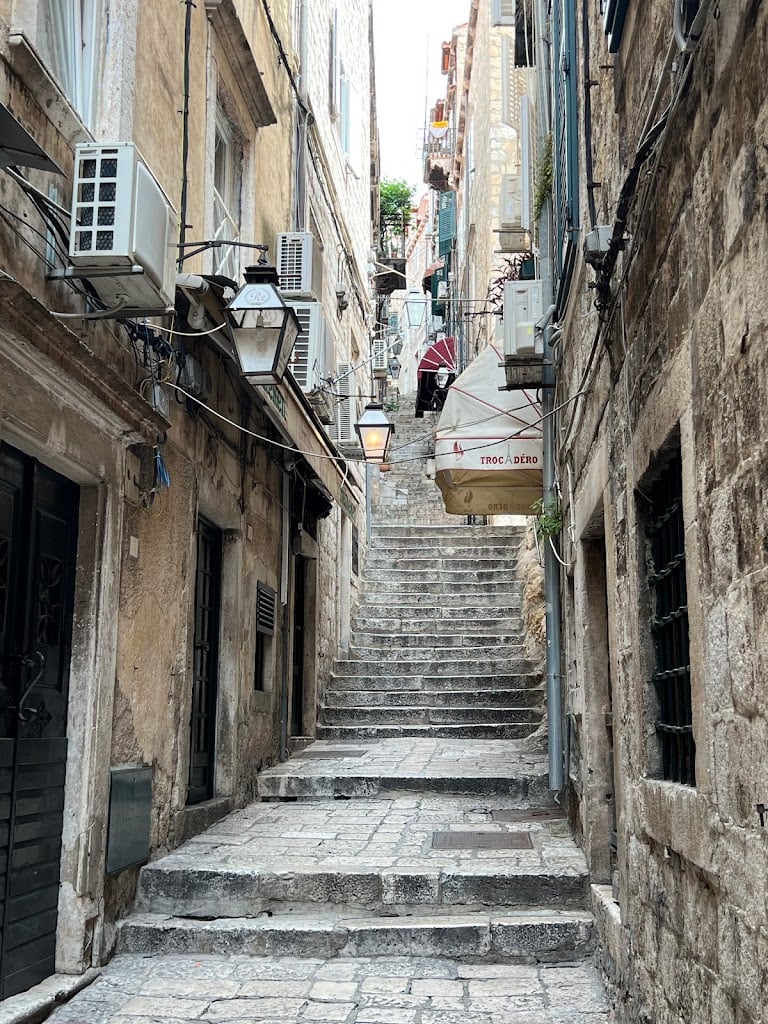
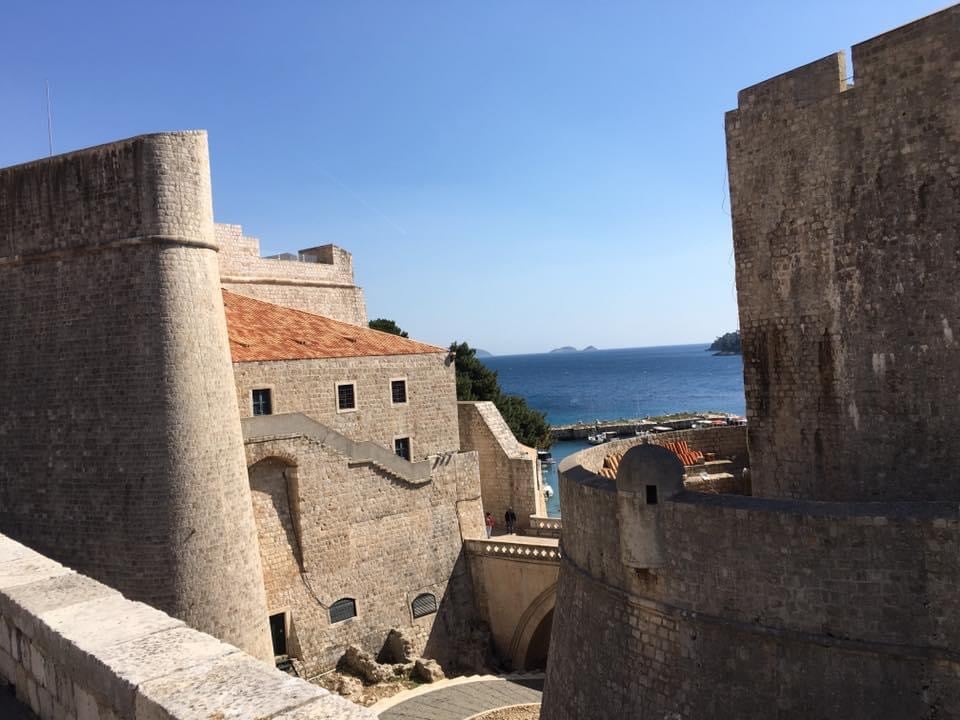
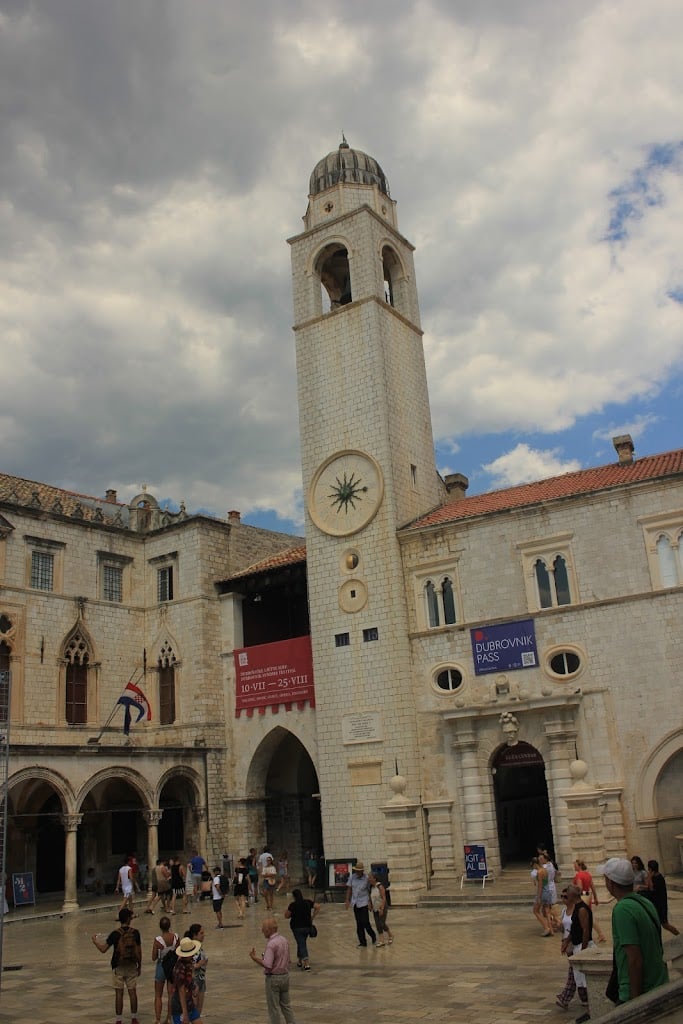
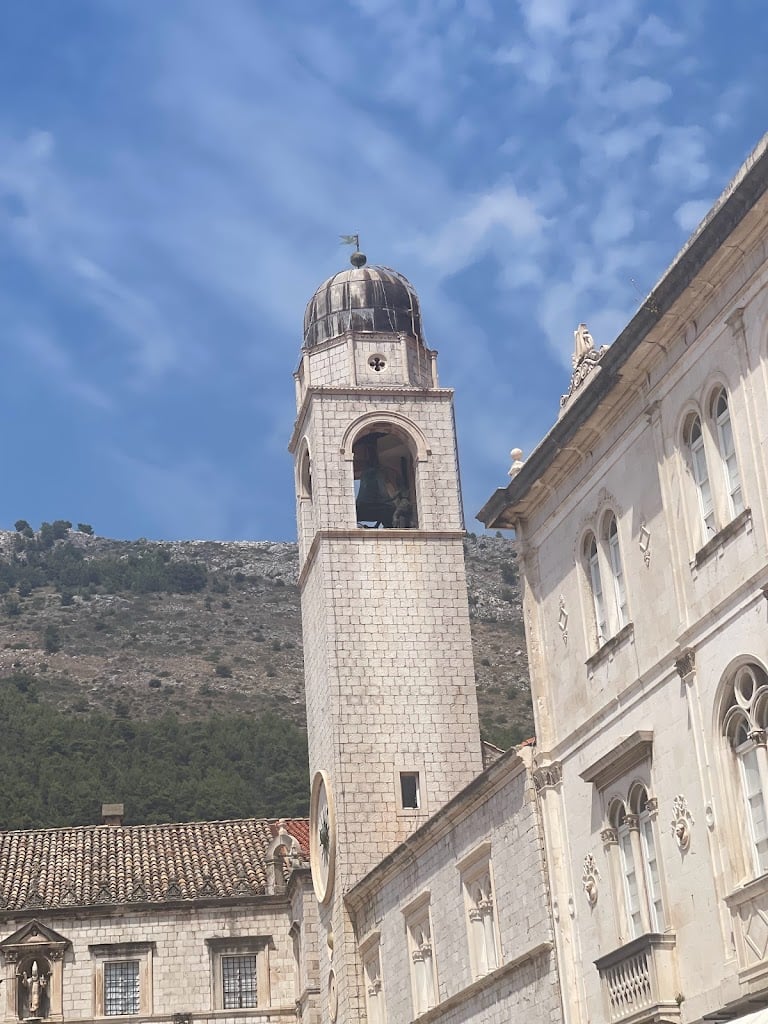
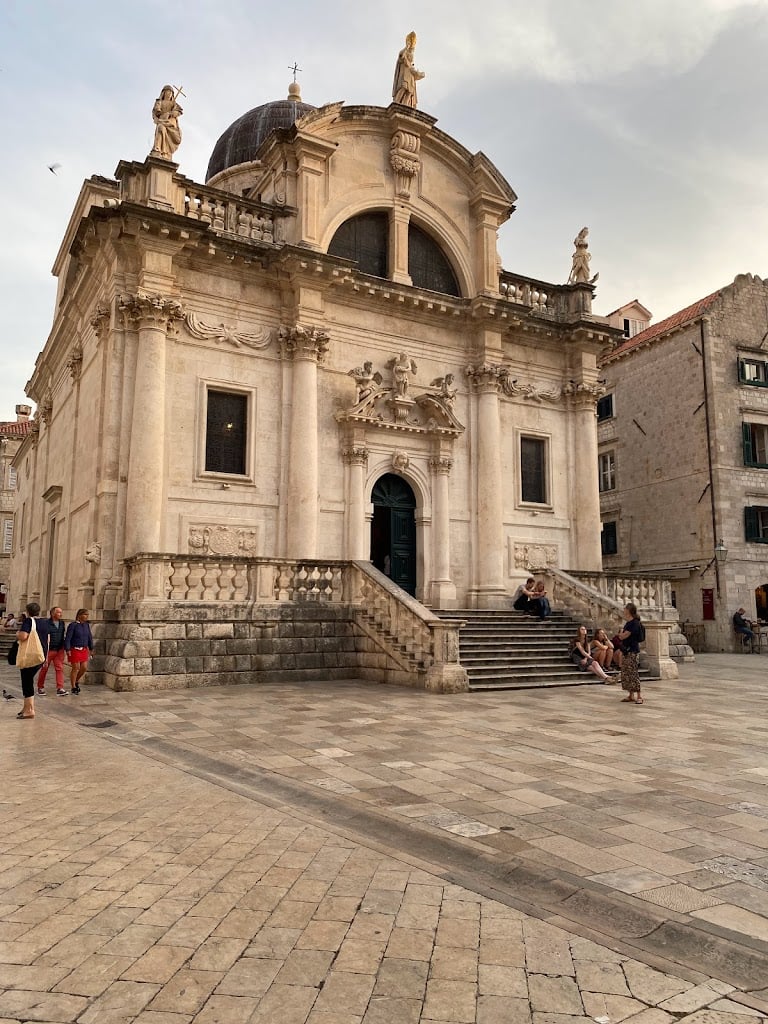
Ask ThatchGPT
Suggest a local expert to plan my trip
Suggest an unique itinerary for my Dubrovnik trip
What foods do Dubrovnik locals eat
What are some true hidden gems in Dubrovnik
Help me brainstorm trip ideas for Dubrovnik
Help me plan a family-friendly trip to Dubrovnik
What people say
Pedro Pereira
Available for hire
"This square serves as a significant entry point to the city, reflecting the area's deep historical roots. Centuries ago, the location now occupied by Stradun was a canal that separated the ancient Greco-Roman colony of Ragusa (modern Dubrovnik) on its own island from the settlement of the mainland Slavs. This canal played a crucial role in shaping the development and identity of the region.
In the 11th century, the canal became silted, leading to the merging of the two communities into a single entity. However, despite their geographical unification, a sense of rivalry and mutual contempt persisted between the former islanders and mainlanders. This underlying tension influenced the cultural and social dynamics of Dubrovnik, even as the two groups coexisted in a shared space. By the 12th century, Luza Square emerged as a vital point of contact and interaction between these two communities, transforming it into one of the city’s central squares.
Over the centuries, Luza Square evolved into a hub of social, political, and religious life in Dubrovnik. The square is framed by significant buildings, including the Church of St. Blaise and the Sponza Palace, which highlight the architectural beauty and cultural heritage of the city. As the site of public gatherings, celebrations, and ceremonies, Luza Square has played an integral role in the life of Dubrovnik, reflecting its history and the spirit of its citizens."
Read more in:
Mentioned in these guides
About Luza Square
Get the inside scoop on Luza Square from local experts, travel creators, and tastemakers. Browse genuine trip notes, Luza Square reviews, photos, travel guides, and itineraries from real travelers and plan your trip with confidence.
Save this spot for later or start mapping out a new trip today
Try our AI Travel Assistant and get instant answers to any questions about your trip.
Ask ThatchGPT

